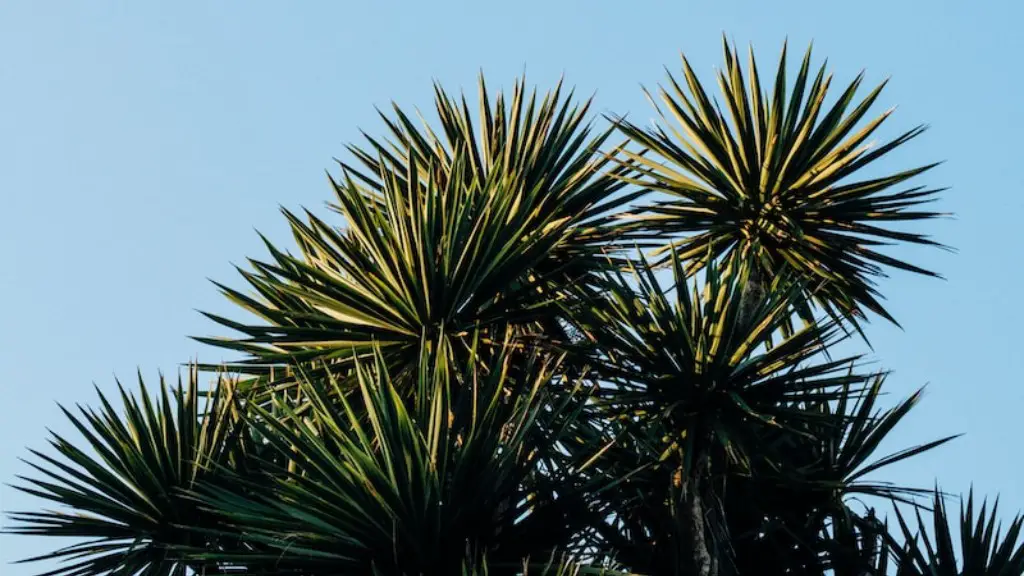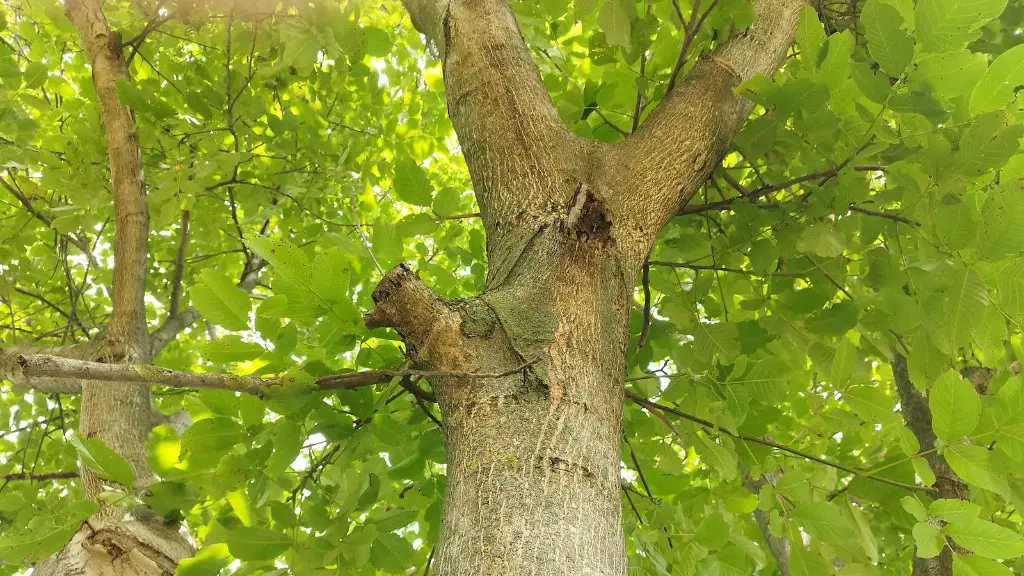Planting a lemon tree in the ground is a great way to add a lush, vibrant foliage to your yard. Growing lemon trees in-ground can be relatively easy for those with the right climate and soil conditions, and it can bring a delightful addition of citrus fruits to your kitchen. While you might still need to do some research and preparation, the efforts to grow a lemon tree in the ground can be well worth it.
Lemon trees thrive in warmer climates so you will want to double check the temperature requirements of your particular variety before starting. Also, be aware that some varieties can be sensitive to frost, so take extra precautions in colder climates or during winter.
When it comes to soil, you may need to amend your soil to create the right drains and conditions for the tree to thrive. Ideally, you want your soil to be light and sandy with a slightly acidic pH. If your soil is compacted or clay-like you may need to add compost and sand to create the right drainage. Finally, do not forget to mulch around your tree and water often.
Lemon trees can grow both in containers or in the ground. When planting in the ground, be sure to select a location that gets at least 8 hours of direct sunlight a day. Dig a hole that is twice the width of the root ball and deep enough so your tree is planted at the same level as it was in the container. Place your tree in the ground and use the soil to fill in the sides.
If you are planting multiple trees, make sure that there is at least 8-10 feet between them. Also, be aware of any other plants and trees around as some varieties may require more space and may need some pruning to create the needed area.Lastly, when planting, add some fertilizer to the soil to help your tree get the right start.
Different Varieties of Lemon Trees
When it comes to planting a lemon tree, there are a few different types you can choose from. Meyer lemon is a popular variety that is ideal for colder climates as it can tolerate some frost. It’s also a good choice if you are looking for just a few lemons as it typically bears only a few fruits each year.
Eureka lemons are great for warmer climates and will produce abundant fruit throughout the year. However, it does require more water and needs to be pruned more often. Lisbon lemons are more tolerant of cold temperatures and make a great option for colder climates. They are more bountiful than the Meyer lemons and can produce hundreds of fruits each year.
Another option is the Bearss lemons which, like Eureka can be harvested throughout the year. This variety is also often more resistant to diseases. Finally, the Tavares lemon is another great choice as it produces amazingly juicy fruits and is similar to the Lisbon in that it is tolerant of colder temperatures.
Pruning and Care of the Plant
Pruning is an important part of plant care. You should begin pruning your lemon tree as soon as you have planted it in the ground. Pruning helps to promote strong healthy growth and can also help to prevent damage caused by strong winds or heavy fruits. Start by removing any dead or damaged branches and then thin out the canopy to allow more air and light to reach the leaves.
Watering your lemon tree correctly is also key to a healthy and thriving plant. The general rule is to provide at least one inch of water per week, although this may be more or less depending on the climate and the temperature. Do not over-water as this can cause root rot. Take extra care to water during colder months as the tree can become stressed with too much frost.
Lastly, make sure to fertilize your lemon tree. Fertilizing helps your growing lemon tree to get the right nutrients and will help it to reach the peak of its capability. You should use a citrus fertilizer that is specific to your type of lemon tree, and follow the instructions on the package.
Harvesting and Storing
When your lemon tree is full of ripe, juicy fruits you will want to be sure to harvest them correctly. Depending on the variety, your lemons may be ready to harvest anywhere from late winter to early summer. Lemons are usually at their best and will give you the most juice when they are on the tree for about two weeks after they turn yellow, but be sure to check your particular variety for specific timing.
When picking, you should use gloves to protect yourself from pricking your fingers on the thorns. You can either cut of the entire lemon or twist off the lemon with your hand. Additionally, you should try to pick the lemons when they are still a bit firm as they will last much long that way. Lemons are known to last for 1-2 weeks on the counter but can last over a month in the refrigerator.
Pests and Diseases
Lemon trees are exuberant growers but they can be prone to pests and diseases due to their natural environment. Common pests such as aphids, mealy bugs, and white flies can often be kept at bay with a strong spray of water. Additionally, natural pesticides such as neem oil or horticultural oils can be used to control the pests.
If your lemon tree suffers from any diseases, always take off the affected branches and dispose of them immediately. Additionally, you can use organic fungicides such as sulfur-based sprays to treat the diseases.
Common Mistakes
One mistake often made when planting lemon trees is to choose a location that does not get enough sun. Lemon trees need at least 8 hours of direct sunlight per day to thrive, so make sure to choose a sunny spot in your yard.
Also, it is important to not over-water your lemon tree or let the roots stay wet. This can lead to root rot which can be hard to treat and can cause the tree to die. Lastly, lemon trees can be sensitive to frost, so extra caution should be taken in colder climates to cover the plant with blankets or to place a plastic cover over it.
Proper Time for Planting
The best time to plant a lemon tree in the ground is during late spring when the weather can start to warm up. Be sure to choose a tree that is bred for the climate you are in and has been pruned and cared for properly at the nursery.
Additionally, make sure you have everything you need prepared before planting. Make sure your soil is amended, your area is cleared and the location is sunny. Also, have your fertilizer and compost ready to go so that when you plant your tree you can give it the best start possible.



